Cowboy Crickets
With grazing cattle dotting the hillsides and prairies in nearly every county across Montana, you don’t have to look far to find a thick Porterhouse that hangs off the edge of your plate. That juicy steak comes at a price, though, and not just the one at the bottom of the restaurant check. Livestock require resources like water, land, and feed, and with a quarter of the earth’s arable land used for livestock grazing and a third of croplands used to grow feed, we’re approaching the tipping point of sustainability. The human population of earth is projected to hit nine billion people in 2050, and as it is, nearly one billion people worldwide are struggling with food security.
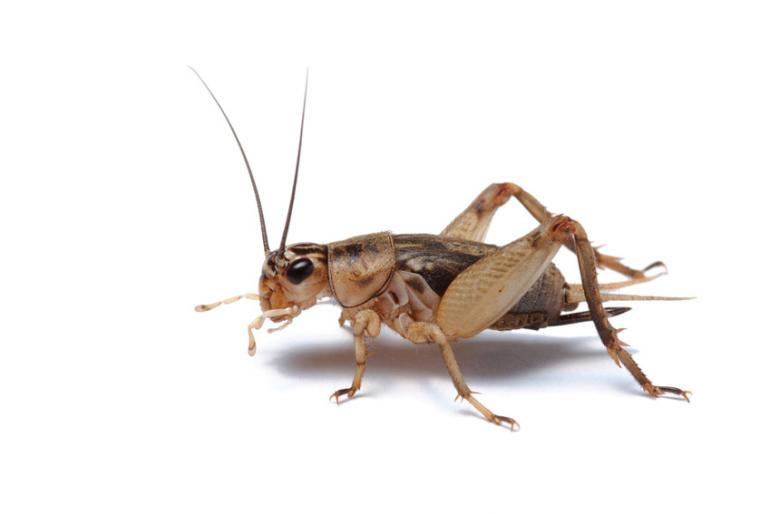
The answer might be insects. According to a report released by the U.N. Food and Agriculture Organization in 2013, there are more than 1,900 edible insect species out there. In countries like Thailand and Mexico, bugs have been on the menu for hundreds of years. They are an extremely good source of protein and minerals, and pound-for-pound, use a tiny fraction of the resources used to cultivate livestock like cattle, pigs, and chickens. In Belgrade, a couple of young entrepreneurs are leading the charge in Montana to develop what might be the next wave in the feeding of humankind. They’re running a cricket farm.
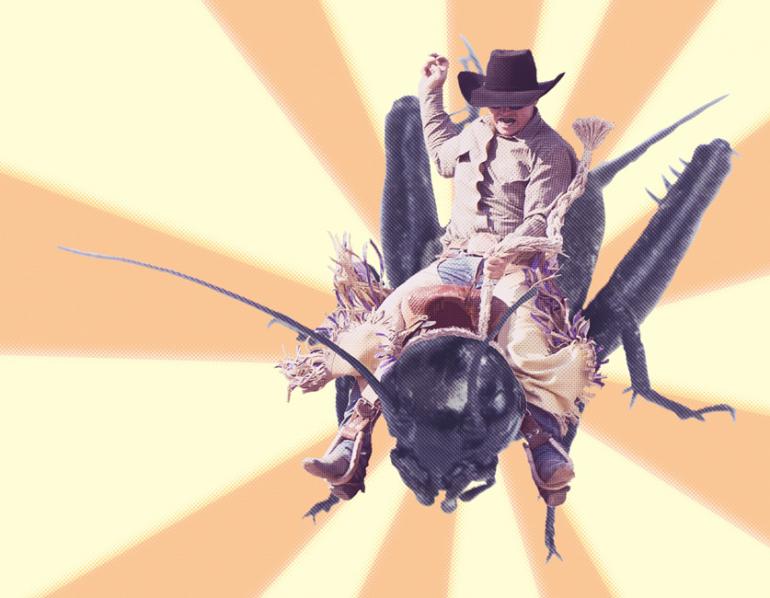
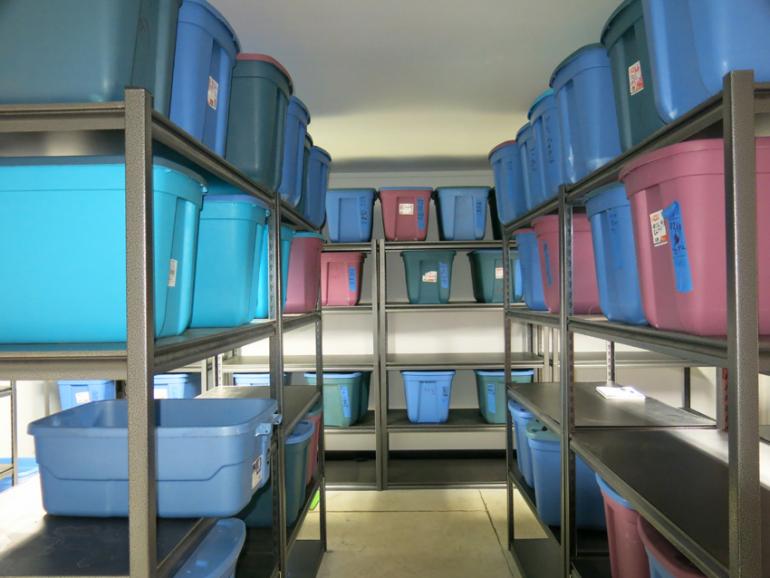
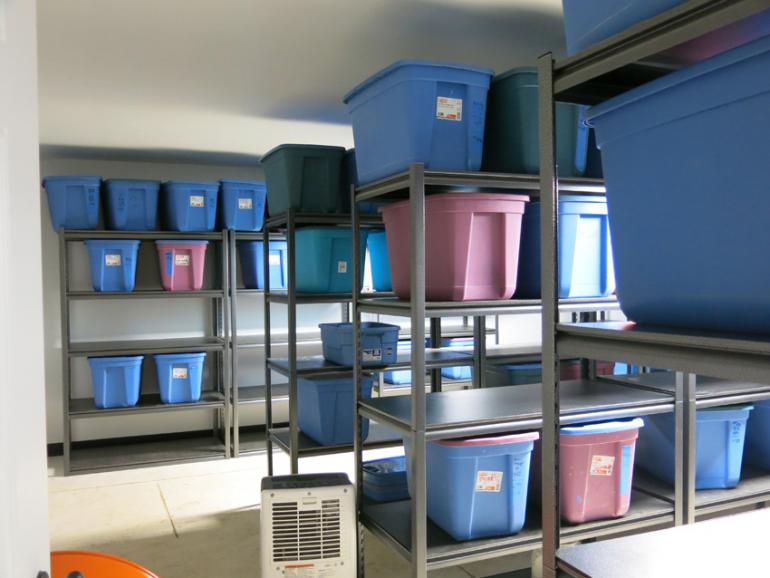
In a brown, corrugated metal building in a small business park just off the flight line of the Belgrade airport, James and Kathy Rolin are raising hundreds of thousands of crickets not only for food, but for breeding stock for their partner farms. Cowboy Cricket Farms is currently the only business of its kind in Montana, but the enterprising pair have cultivated a network of seven partner farms throughout the western U.S., with an eye to another one in Mexico. Kathy had the idea for Cowboy Crickets in 2016 as a nutrition student at MSU. Entomophagy, the practice of eating bugs, is already part of many cultures, and Kathy’s vision for the food security of the world features insects on the board of fare.
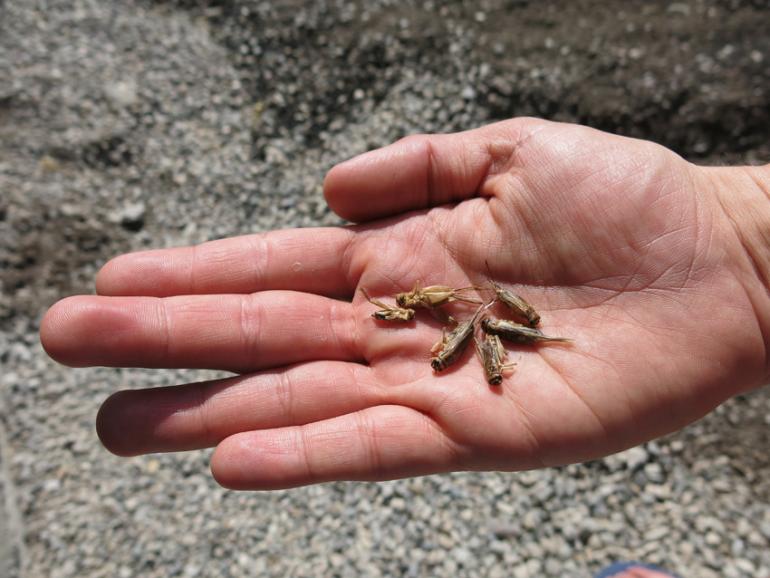
“Novelty is not our focus,” says the Coast Guard veteran. “Our main focus is on our partnerships.” More than one hundred people have contacted Cowboy Cricket Farms to express their interest in getting into cricket farming, and several have attended their training seminars in Belgrade.
So how does one go about starting a cricket farm? As there are no existing cricket farms in the state to provide a blueprint, the Rolins pretty much made it up as they went. “We learned a lot from watching YouTube and a show called Dirty Jobs,” says Kathy. “Like having a beehive, you can have your own little cricket farm.” Adds James, “We’ve spent a lot of time educating the Department of Agriculture and the Department of Health Services, both of which have been surprisingly helpful and really have given us a lot of support.”

Since the crickets are considered food grade from the moment they’re euthanized (by placing them in a freezer), a fully licensed commercial kitchen is part of the farm. In fact, the stainless steel kitchen takes up most of the square footage, with the hatchery occupying only 380 square feet of the 1100 square-foot facility. In the kitchen, crickets are processed and packaged for shipping or for retail. They currently serve clients in Canada, Mexico, and the U.S. One of their biggest sellers, says James, is their Chocolate Chirp Cookies. The thick, chewy treats, which they bake themselves, contain about 30 crickets apiece, providing some 10 grams of protein. And they’re delicious. Aside from the cookies, the crickets are either toasted whole or ground into flour to be used by commercial food enterprises as a protein substitute. The roasted crickets are roasted “low and slow,” says Kathy, and have a crunchy taste not unlike roasted sunflower seeds.
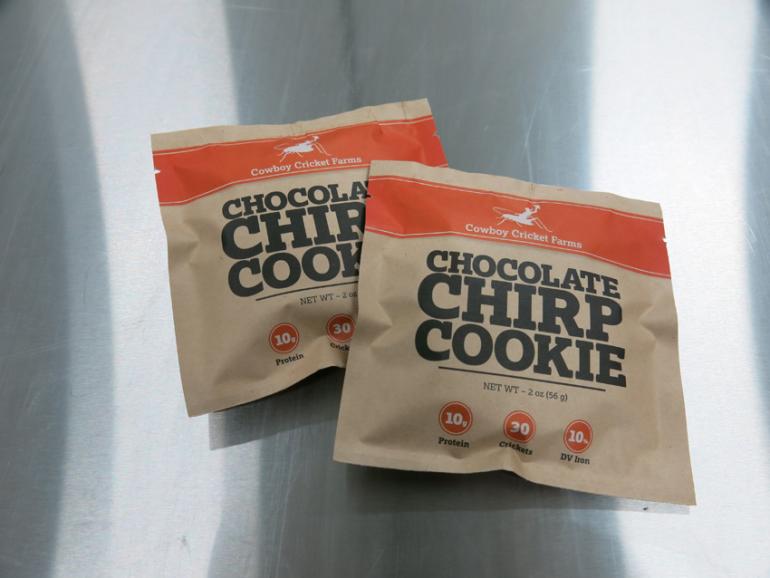
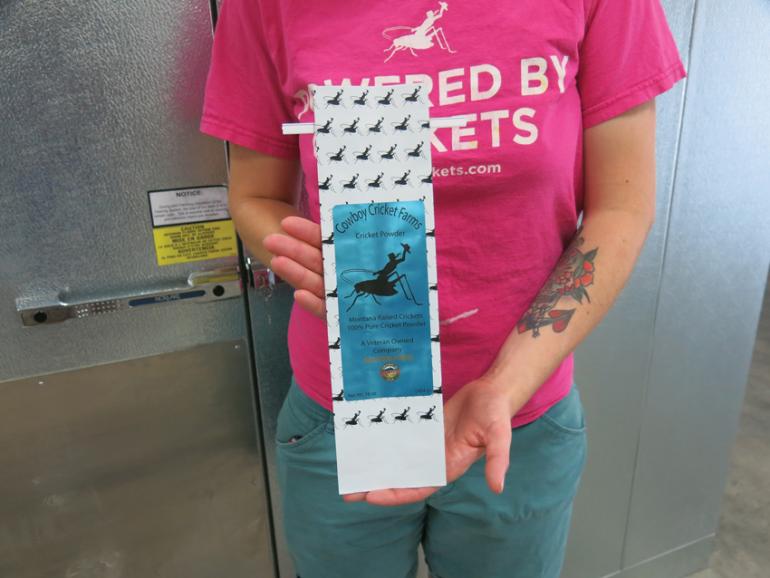
Upstairs, the hatchery room is humid and dim, the temperature maintained at a balmy 90 degrees. Around 150 tightly-lidded plastic tubs line the racks that fill the room, each tub containing about 5,000 crickets. Several used egg cartons and a water-filled Molotov cocktail provide each tub of crickets all the habitat they need, along with high-quality, GMO-free feed that in turn makes the crickets a clean, healthy food source. From newly laid egg to harvest-ready adult, the average cricket will spend 90 days in the bin. There is no specific breeding season, so there are about four harvests per year.
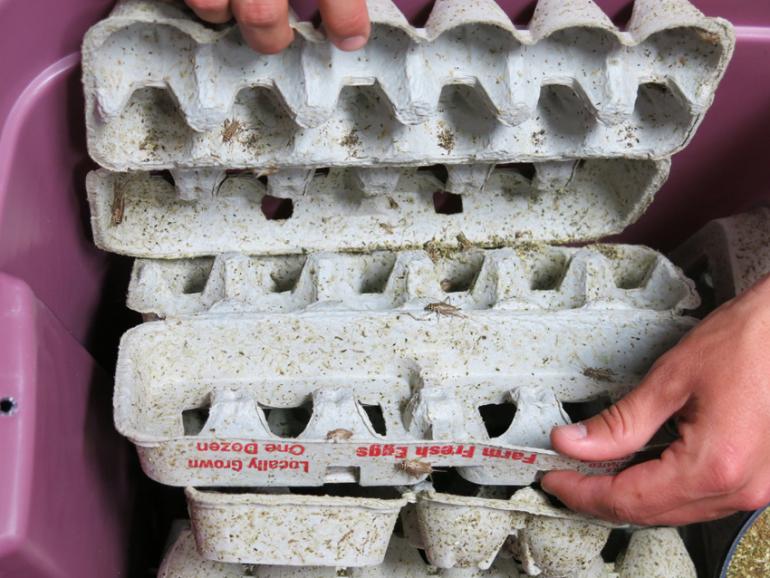
Since Cowboy Cricket Farms opened last year, Kathy and James have been able to nimbly pivot as the unique business model has developed. As a result, their focus has shifted largely from cricket production to providing training and expertise to their partner farmers, who ship their live adult crickets to them for processing. Interested people from as far away as Canada and Mexico have traveled to Cowboy Crickets to attend the training sessions they offer, which can run one day or one week. Like Kathy, James exudes an almost evangelical enthusiasm for cricket farming. Education and outreach have the couple traveling quite a bit, while simultaneously running the farm and raising their three adorable tow-headed kids. “It’s been a great way to meet people and make sure they’re on board,” says Kathy of the training sessions.

Another unexpected development has been the popularity of their cricket frass, which is the waste from the animals. Cricket poop, especially the potent, nutrient-rich stuff excreted by these well-fed specimens, makes for a superlative fertilizer. Their biggest customers for this primo frass? “Pot farmers,” says James with a bemused smile. “Right now a huge part of our income comes from marijuana growers.” As more states continue to legalize recreational marijuana, commercial growers are proliferating. The frass market is booming, and the Rolins are happy to have the extra income stream from their cricket-farming by-product.

While Montana’s first—and only—cricket farm blazes a path for other insect farming enterprises, they still spend much of their time educating people about the benefits of entomophagy. Their tasty cookies go a long way toward getting people past the “ick factor”, and James points out that our bodies are well suited to an insect diet. “It’s not like we’re introducing something foreign to our bodies by eating bugs. We have special enzymes that help to break down chitin. Insects aren’t the first strange food to make headway into the American culture. People were repulsed by sushi, for instance, until it became a hip part of California culture in the seventies.
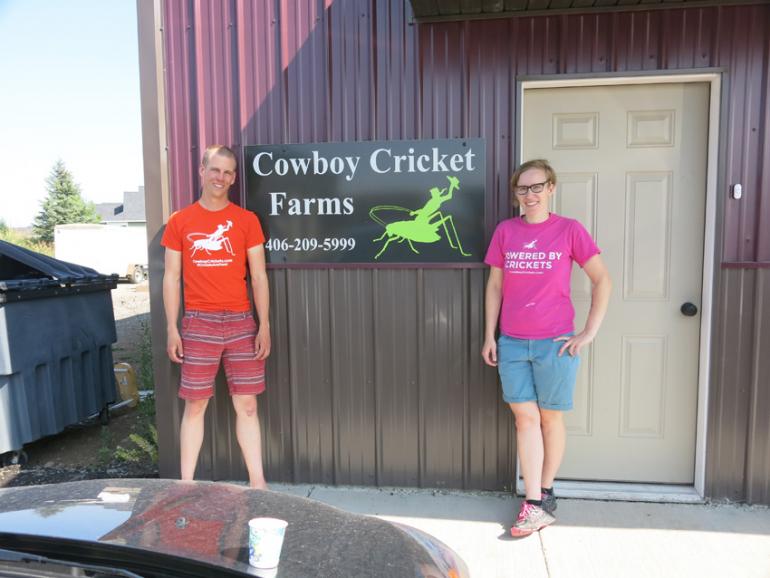
Here in the U.S., it’ll probably be a while before you can walk into your local iHop and order a stack of cricket pancakes. But as the bug-happy folks at Cowboy Cricket Farms continue to spread their fervor and expertise to partner farms across North America, the day may come where, instead of complaining to the waiter about bugs in our food, we may find ourselves sending our compliments to the chef.










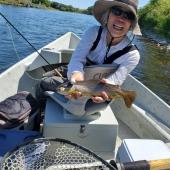

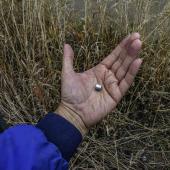
Leave a Comment Here